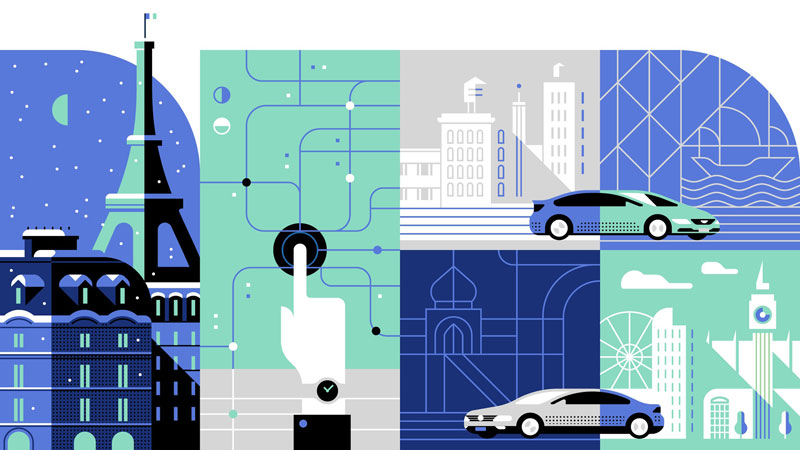
Here at Pull our saying is ‘where brand and technology meet’, this means that our main goal is to improve and strengthen our client’s brands through whatever marketing means possible, whether this is through traditional print design, digital marketing or brand repositioning. The ‘where technology meet’ part however, is where we as an agency are always learning and striving to find new technological solutions for improving our client’s businesses. This is where things get really interesting!
We’ve already made great moves towards becoming more specifically technologically focused with our Partnership with Microsoft, developing our own Chatbots and some other top secret cognitive services programmes in the works. It’s safe to say our Development team are pretty busy!
With this in mind we’ve been looking at other companies using new technology to go above and beyond, improving their product for clients and customers, developing services that aren't just about increasing profits.
One of the most interesting examples out there is the ongoing work by IBM to improve mental health facilities and diagnosis’s. IBM's Computational Psychiatry and Neuroimaging research team made a major breakthrough when they discovered they could analyse speech patterns using AI.
The AI programme they developed analysed some patient’s speech recordings to determine how coherent their sentences where. It then used this data along with other previous data on speech analysis to determine the likelihood of the patients developing psychosis in the future.
At the moment the AI programme is doing this with a 83% accuracy.
"We believe this is a significant step towards the goal of developing a tool for mental health practitioners, caregivers and patients themselves with a tool that can expand and multiply the reach of neuropsychiatric assessment outside of the clinic," said study author Guillermo Cecchi in a blog post.
And technology like this is being created all the time, just recently the
BBC did a feature about new Smart SoPhy socks. These socks are connected to the internet and have sensors in them which read weight distribution, movement and orientation of the foot, the system then visualises the data to allow a professional to easily identify the problems electronically, without ever having to have the patient come in.
Recently AI has also been used to identity other potential health problems. At the beginning of this year Google developed a new
AI algorithm which predicts heart disease risks by looking at your eyes. ‘
By analyzing scans of the back of a patient’s eye, the company’s software is able to accurately deduce data, including an individual’s age, blood pressure, and whether or not they smoke. This can then be used to predict their risk of suffering a major cardiac event — such as a heart attack — with roughly the same accuracy as current leading methods.’ This means doctors can quickly and easily assess patients health without a blood test.
Another company that’s successfully using AI to improve its customers lives is Uber. You wouldn’t expect what’s essentially a taxi company to be so advanced in using technology, but it’s definitely one to watch. Using Microsoft cognitive services Uber has added a
feature to its app which allows you to check that your driver is who he says he is. When someone registers as an Uber driver they take a selfie to associate themselves with that account.
When the driver logs out of their app and then logs back in to start driving again they have to take another picture to verify their identity to drive, this is where facial recognition technology comes into play, the app will not allow them to log in unless it recognises their face. The Uber user will have the original picture of the driver which they originally took when they set up the account displayed on their screen, this means they know who is supposed to pick them up. If someone arrives as an Uber and the driver doesn’t match the picture the passenger is seeing then they know something is wrong.
All of these technologies not only improve the lives of people using them, but also enable professionals to do their jobs more effectively. At Pull we not only want to look at technologies that improve lives, but also use our marketing know how to effectively apply these technologies to brands in a way that make sense for them and their customers.
Watch this space for Pull projects where brand and technology meet!
Posted 16 July 2018 by